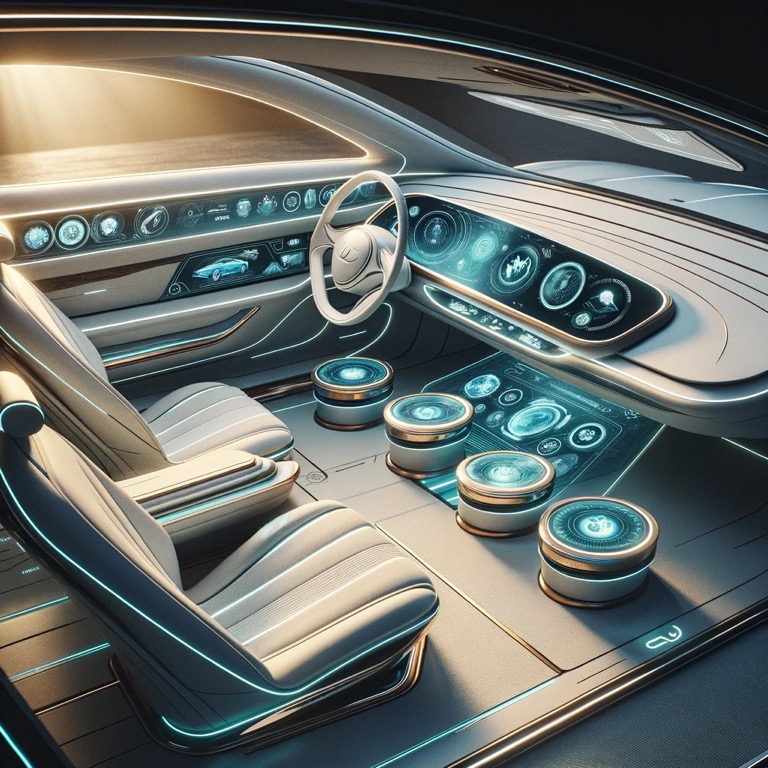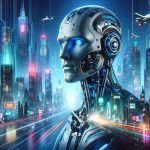Imagine a world where the lines between human creativity and artificial intelligence blur, creating a new paradigm of artistic expression. This is not just a figment of sci-fi anymore; it’s our reality, thanks to AI-generated art. As we navigate this new era, a critical question emerges: What policies will shape the future of AI in the art world?
The Rise of AI Art
AI-generated art, a fascinating fusion of technology and creativity, has seen a meteoric rise. Tools like DALL-E, DeepArt, and others have enabled even those without a traditional art background to create stunning visuals. This democratization of art creation is a significant leap, but it also raises complex issues around copyright, authenticity, and ethical considerations in AI’s creative process.
The Policy Landscape
- Intellectual Property Rights: As AI systems can generate art based on existing styles or images, the question of who owns the copyright – the creator of the AI, the user, or the AI itself – becomes critical. Future policies might need to establish clear guidelines on AI-generated creations’ ownership and copyright.
- Ethical Use of Data: AI systems learn from vast datasets, often scraped from the internet. Policies ensuring ethical sourcing and use of these datasets are necessary to protect artists’ rights and avoid unintended plagiarism.
- Transparency and Attribution: Clear labeling of AI-generated art could become a norm, distinguishing it from human-made art. This transparency could help maintain authenticity in art markets and galleries.
- Creative Collaboration: AI in art could be seen as a tool for augmentation rather than replacement. Policies might encourage collaborative works between AI and human artists, promoting a symbiotic relationship.
- Regulating AI Art Platforms: As AI art platforms become more popular, regulations ensuring fair use, preventing abuse, and promoting diversity in AI-generated content will be essential.
The Impact on Various Stakeholders
- Artists face a transformative landscape where AI can be a tool or a competitor.
- Galleries and Art Markets need to adapt to the influx of AI art and its implications on value and authenticity.
- Legal Experts will have to navigate uncharted territories in copyright and intellectual property law.
- Tech Developers must balance innovation with ethical and legal considerations.
Conclusion and Editor’s Note
The integration of AI in art is not just a technological revolution; it’s a cultural one. As we stand at this crossroad, the policies we shape today will dictate the harmony between AI and human creativity. It’s an exciting, albeit challenging journey ahead, and one where every stroke, pixel, and code will paint the future of art.
“Embrace the new, but cherish the essence of the old,” as we say in the tech world. This is a journey of balance, ethics, and endless possibilities.



